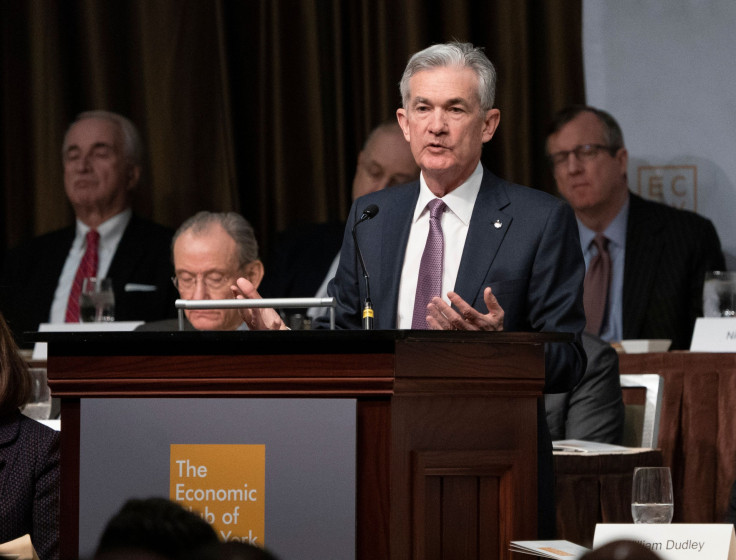Fed Chief Powell Expresses Concern Over Mounting US Debt

Federal Reserve Chief Jerome Powell has expressed concern about the mounting U.S. national debt.
Testifying to a Congress Banking Committee, Powell said the federal government is moving on an unsustainable fiscal path leading to the escalation of debt as a percentage of the GDP.
The Congress has to enact legislation soon for increasing borrowing limit before the debt limit is back in place on March 2.
Powell visualized a scenario of what could happen if such an action does not follow.
“ I think it would be a very big deal not to pay all of our bills when and as due,” Powell said.
Powell told Sen. Jon Tester that it is hard to think of a scene when the U.S. is unable to honor its obligations and pay the due.
The Fed chief added that the single biggest unsustainability factor in the fiscal policy is healthcare delivery.
“We spend 17 percent of GDP, while everyone else spends 10 percent... It’s not that benefits themselves are too generous. We deliver them in inefficient ways,” he added.
However, even if the debt ceiling is not raised, the U.S. can still pay emergency bills through temporary mechanisms devised by the Treasury Department known as “extraordinary measures.” But that kind of funding cannot run for long.
It is a common sight when the warring parties in the Congress talk on raising the borrowing there is a problem of U.S. defaulting becoming imminent. Currently, the U.S debt stands at $22 trillion.
Meanwhile, a former U.S. budget official warned that America’s $22 trillion deficit is causing anxiety. Joseph Minarik, former chief economist at the Office of Management and Budget during the Clinton administration regretted that the U.S debt is growing faster than the collective national income.
High debt from Truman to Trump
It was in 1946 America’s public debt soared to the peak. That was the time when Harry Truman took over as President after the Second World War. During the period, the public debt as a percentage of GDP was 106 percent.
In 2016, when Trump took over, the debt-to-GDP ratio was 77 percent as the second-highest.
A report by the Congressional Budget Office has already cautioned that if the current pace continues unprecedented levels of debt will haunt.
“Debt would rise to 96 percent of GDP by 2028, and in 2034, it would surpass the peak of 106 percent recorded in 1946,” the report noted.
The CBO further warned that if lawmakers try to pass any legislation preventing a hike on individual income taxes by 2026, then the public debt will zoom massively.
© Copyright IBTimes 2024. All rights reserved.



















